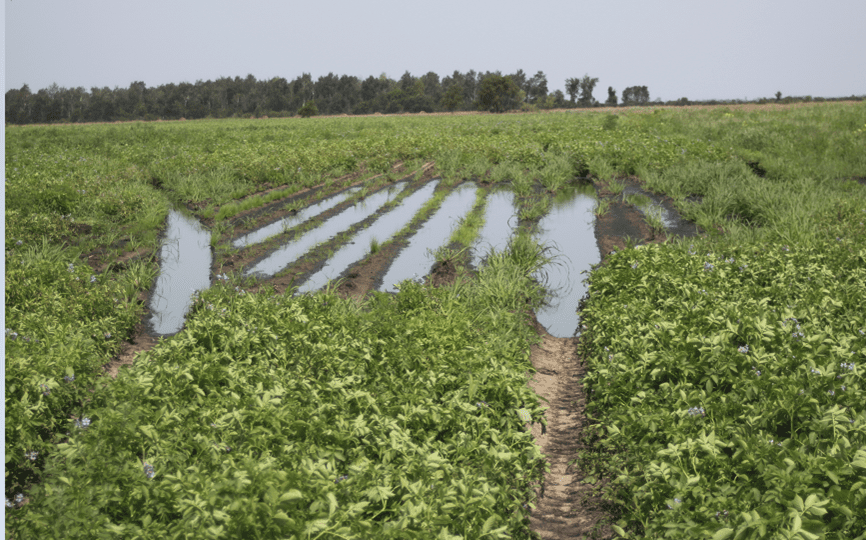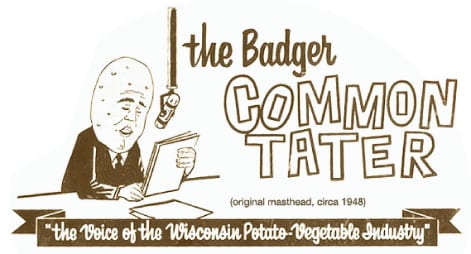Higher yields and ROI are the ultimate goals of mapping, monitoring and varying moisture
By Joe Kertzman and Lamar LaPorte

What’s the water-holding capacity of my potato field? How do I know the moisture I’m applying is reaching the root zone of plants and not leaching out under, over or across the root zone without being taken up by the plants?
Is my field over- or undersaturated? Are there areas that need more moisture and others that could use less? Are puddles and low, wet spots the only way I can tell if my field is overirrigated?
Though logical questions, they also seem obvious and elementary, or are they? Has the science of irrigation, and specifically variable-rate irrigation, evolved, and to what degree?
Can a grower really control the water intake of plants on every area of the farm?
Lamar LaPorte, owner of Precision Water Works in Plainfield, Wisconsin, has seemingly been in irrigation for most of his life.
“I started running irrigation guns for Empire Farms in West Plainfield when I was in eighth grade. After college, I worked for Ray Gear of Central Sands, who at the time was the Zimmatic dealer for the state,” LaPorte relates. “I worked there for three years.”
“Then I went to work for North Central Irrigation for a total of about five years,” he says. “I left and came back into the industry a couple of times in between.”


